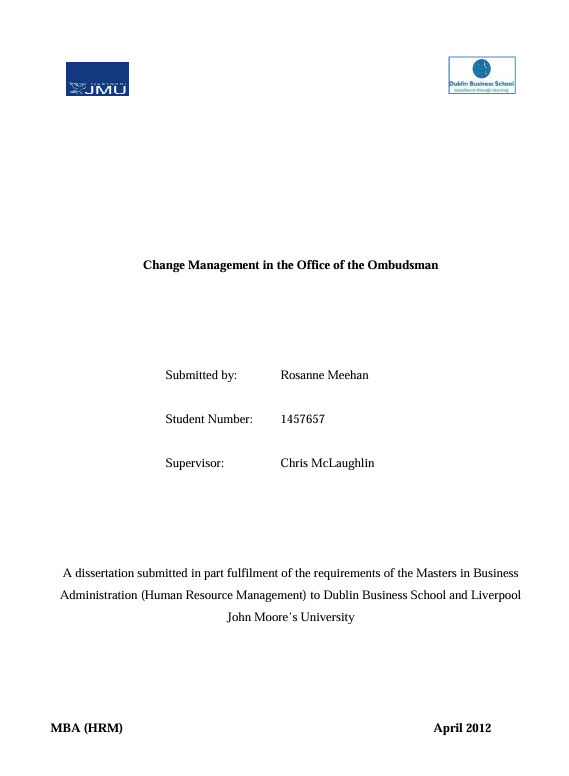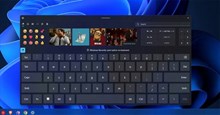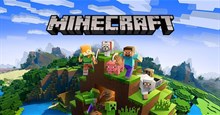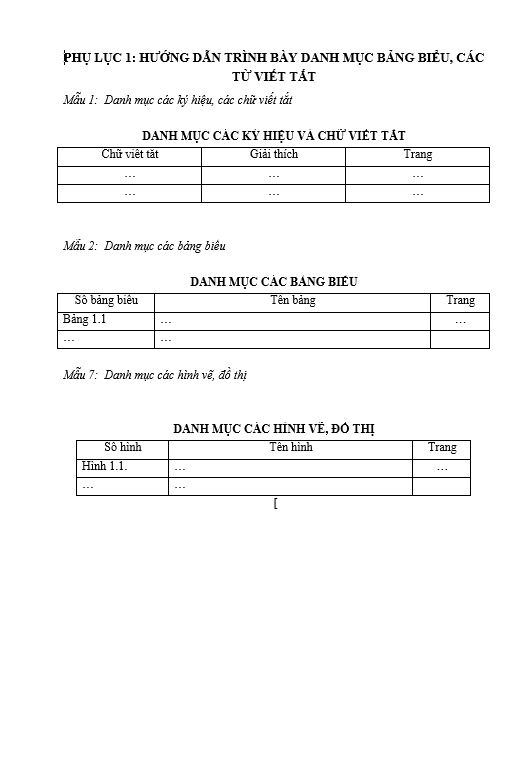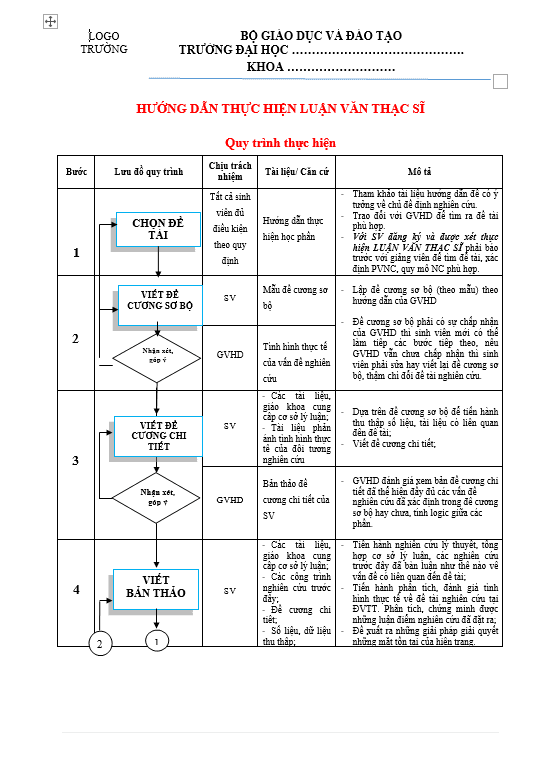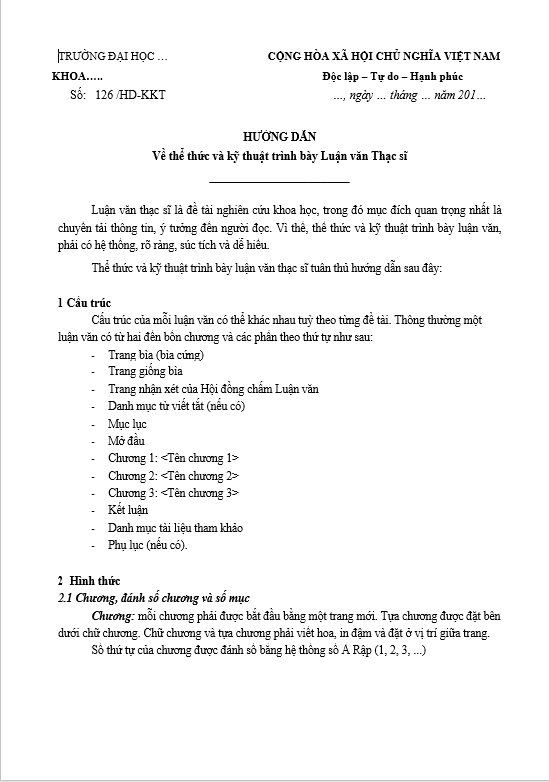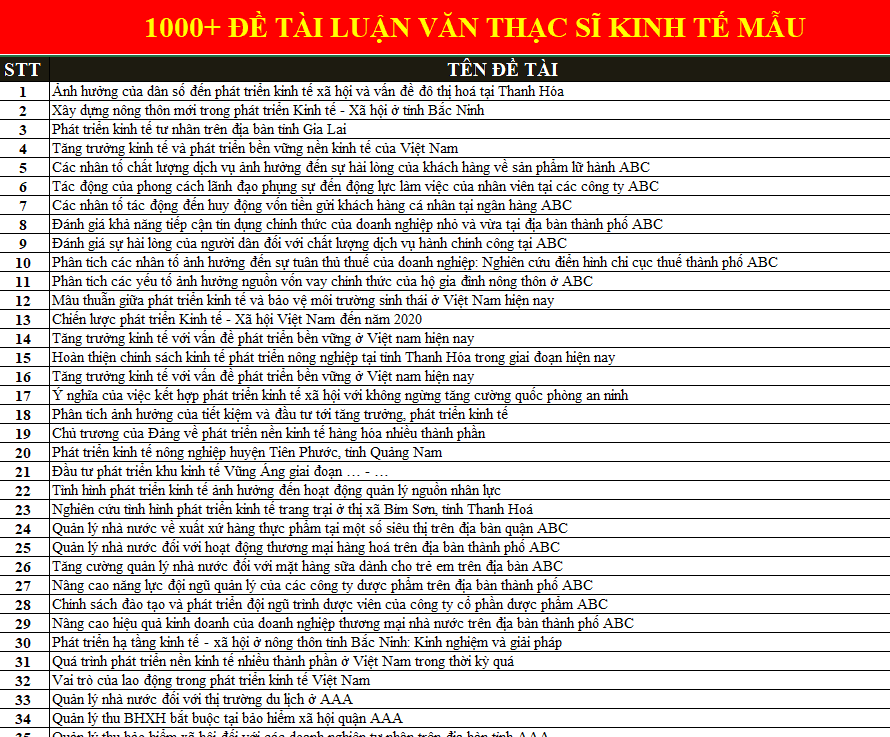Table of Contents
Declaration …………………………………………………………………………………………………………….. ii
Dedication ……………………………………………………………………………………………………………. iii
Table of Contents …………………………………………………………………………………………………… iv
List of Tables and Figures…………………………………………………………………………………….. viii
List of Tables ………………………………………………………………………………………………….. viii
List of Figures …………………………………………………………………………………………………. viii
Acknowledgements …………………………………………………………………………………………………. x
Abstract ……………………………………………………………………………………………………………….. xii
Chapter 1: Introduction ……………………………………………………………………………………………….. 1
1.1 Organisation of the Dissertation ………………………………………………………………………. 1
1.2 Introduction to the Research …………………………………………………………………………… 2
1.3 Background to the Research ……………………………………………………………………………. 2
1.4 Interest in the Subject and Justification for the Research ……………………………………. 4
1.5 Research Question …………………………………………………………………………………………. 5
1.6 Research Objective/Problem …………………………………………………………………………… 6
Chapter 2: Literature Review ……………………………………………………………………………………….. 8
2.1 Introduction ………………………………………………………………………………………………….. 8
2.2 Forces Driving Change…………………………………………………………………………………. 10
2.3 Importance of a Clear Strategy: Incorporating Change into the Mission, Identity and
Vision of the Organisation ……………………………………………………………………………………… 14
2.4 Facilitating and Implementing Change …………………………………………………………… 16
2.5 Change Models ……………………………………………………………………………………………. 20
2.6 Challenges to Change: Barriers and Resistance ……………………………………………….. 25
2.7 Creating a Culture for Change ………………………………………………………………………. 28
2.8 Leading Change: Criteria for Managing Change ……………………………………………… 31
2.9 Measuring Success: Communicating and Monitoring change ……………………………. 35
2.10 Summary …………………………………………………………………………………………………. 37
Chapter 3: Research Methodology………………………………………………………………………………. 39
3.1 Background ………………………………………………………………………………………………… 39
3.2 Research Methodology …………………………………………………………………………………. 39
3.3 Research Philosophy ……………………………………………………………………………………. 41
3.4 Research Approach ……………………………………………………………………………………… 43
3.5 Research Strategy ………………………………………………………………………………………… 44
3.6 Research Choices ………………………………………………………………………………………… 45
3.7 Time Horizon ……………………………………………………………………………………………… 46
3.8 Credibility and Reliability of Research Findings ……………………………………………… 46
3.9 Data Collection and Data Analysis ………………………………………………………………… 48
3.10 Research Population and Sample ……………………………………………………………….. 49
3.10.1 Qualitative Data Collection…………………………………………………………………….. 50
3.10.2 Quantitative Data Collection…………………………………………………………………… 51
3.11 Limitations and Major Contributions of the Research …………………………………… 55
3.12 Ethical Issues …………………………………………………………………………………………… 56
Chapter 4: Data Findings and Analysis ……………………………………………………………………….. 59
4.1 Overview ……………………………………………………………………………………………………. 59
4.2 Qualitative Data Findings and Analysis ………………………………………………………….. 59
4.3 Quantitative Data Findings and Analysis ………………………………………………………… 62
4.3.1 About You ……………………………………………………………………………………………. 62
4.3.2 Forces Driving Change ………………………………………………………………………….. 63
4.3.3 The Strategy, Mission and Vision of the Office ………………………………………… 66
4.3.4 Structural and Process Changes ………………………………………………………………. 69
4.3.5 Cultural Change ……………………………………………………………………………………. 72
4.3.6 Change Management …………………………………………………………………………….. 74
4.3.7 Measurements for Success ……………………………………………………………………… 84
Chapter 5: Conclusion and Recommendations ……………………………………………………………… 88
5.1 Conclusion ………………………………………………………………………………………………….. 88
5.1.2 Limitations of the Research ……………………………………………………………………. 92
5.1.3 Further Research …………………………………………………………………………………… 93
5.2 Recommendations ……………………………………………………………………………………….. 93
Chapter 6: Self Reflection ………………………………………………………………………………………….. 96
6.1 Introduction ………………………………………………………………………………………………… 96
6.2 Personal Background……………………………………………………………………………………. 97
6.3 Learning Styles ……………………………………………………………………………………………. 98
6.4 Reflections of Learning: Strengths and Key Skills Developed …………………………. 100
6.4.1 People Management …………………………………………………………………………….. 100
6.4.2 Cognitive Skills …………………………………………………………………………………… 100
6.4.3 Critical Skills ……………………………………………………………………………………… 101
6.4.4 Inter-Personal Skills …………………………………………………………………………….. 101
6.5 Future Applications of Learning ………………………………………………………………….. 102
Bibliography ………………………………………………………………………………………………………….. 104
Appendix 1: Types of Change ………………………………………………………………………………. 112
Appendix 2: Effective Principles in the Design of HRM Systems ……………………………… 113
Appendix 3: The Organisational Iceberg ………………………………………………………………… 114
Appendix 4: Table 2.4 Comparing Theories of Change ……………………………………………. 115
Appendix 5: Media Selection Framework ………………………………………………………………. 116
Appendix 6: Change Hierarchy Model: Critical Success Factors ………………………………. 117
Appendix 7: The Five Components of Emotional Intelligence (EQ) at Work ……………… 119
Appendix 8: Change Management: Focus and Methodologies ………………………………….. 120
Appendix 9: Example Measures for Change Management ……………………………………….. 121
Appendix 10: Two Main Types of Philosophical Research Approaches …………………….. 122
Appendix 11 Interview with the Ombudsman …………………………………………………………. 123
Appendix 12 Interview with the Director General, Office of the Ombudsman…………….. 136
Appendix 13 Interview with the Secretary General, Department of Defence ………………. 146
Appendix 14 Interview with the Assistant Secretary General, Office of the Revenue
Commissioners ……………………………………………………………………………………………………. 157
Appendix 15 Email Request and Reminder to Questionnaire Participants ………………….. 169
Appendix 16 Questionnaire on Change Management within the Office of the Ombudsman
………………………………………………………………………………………………………………………….. 171
Appendix 17 SWOT Analysis ………………………………………………………………………………. 188
Appendix 18 PESTLE Analysis…………………………………………………………………………….. 190
Appendix 19 Cultural Web Analysis ……………………………………………………………………… 191
Appendix 20 Balanced Scorecard ………………………………………………………………………….. 193
Appendix 21 Four Orientations to Learning ……………………………………………………………. 194
Appendix 22 Skills Sets ……………………………………………………………………………………….. 195
Appendix 23 Career Objectives Tree ……………………………………………………………………… 196
Appendix 24 Characteristics of the Four Learning Styles …………………………………………. 197
Appendix 24 Personal SWOT Analysis ………………………………………………………………….. 198

